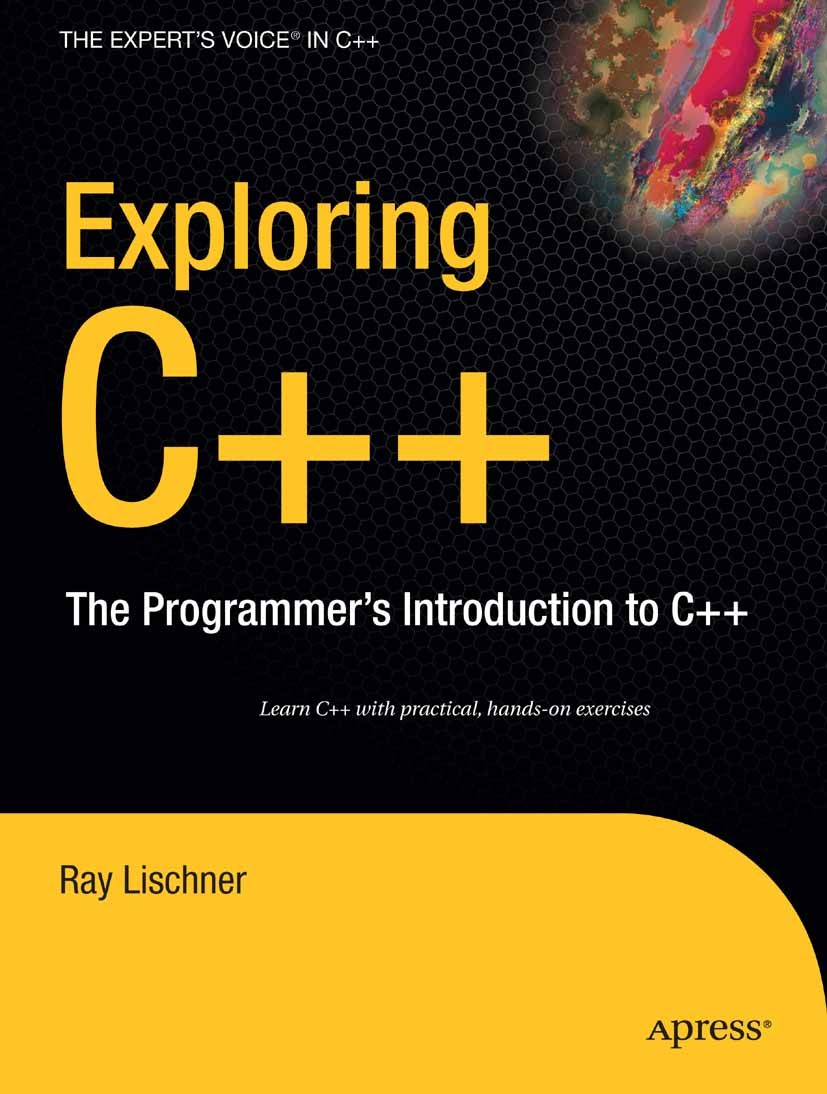| 書(shū)目名稱(chēng) | Exploring C++ |
| 副標(biāo)題 | The Programmer‘s Int |
| 編輯 | Ray Lischner |
| 視頻video | http://file.papertrans.cn/320/319468/319468.mp4 |
| 概述 | Learning by doing.Reduces the complexity of C++ (which is considerable) to small steps.Emphasis on reading and proofreading - programmers spend more time reading programs than writing them |
| 圖書(shū)封面 |  |
| 描述 | .Exploring C++. uses a series of self–directed lessons to divide C++ into bite–sized chunks that you can digest as rapidly as you can swallow them. The book assumes only a basic understanding of fundamental programming concepts (variables, functions, expressions, statements) and requires no prior knowledge of C or any other particular language. It reduces the usually considerable complexity of C++...The included lessons allow you to learn by doing, as a participant of an interactive education session. You‘ll master each step in one sitting before you proceed to the next. Author .Ray Lischner .has designed questions to promote learning new material. And by responding to questions throughout the text, you‘ll be engaged every step of the way.. |
| 出版日期 | Book 2009 |
| 關(guān)鍵詞 | C++ programming language; Iterator; algorithms; complexity; object; object-oriented programming; overloadi |
| 版次 | 1 |
| doi | https://doi.org/10.1007/978-1-4302-0352-0 |
| isbn_softcover | 978-1-59059-749-1 |
| isbn_ebook | 978-1-4302-0352-0 |
| copyright | Ray Lischner 2009 |
 |Archiver|手機(jī)版|小黑屋|
派博傳思國(guó)際
( 京公網(wǎng)安備110108008328)
GMT+8, 2025-10-24 00:27
|Archiver|手機(jī)版|小黑屋|
派博傳思國(guó)際
( 京公網(wǎng)安備110108008328)
GMT+8, 2025-10-24 00:27


